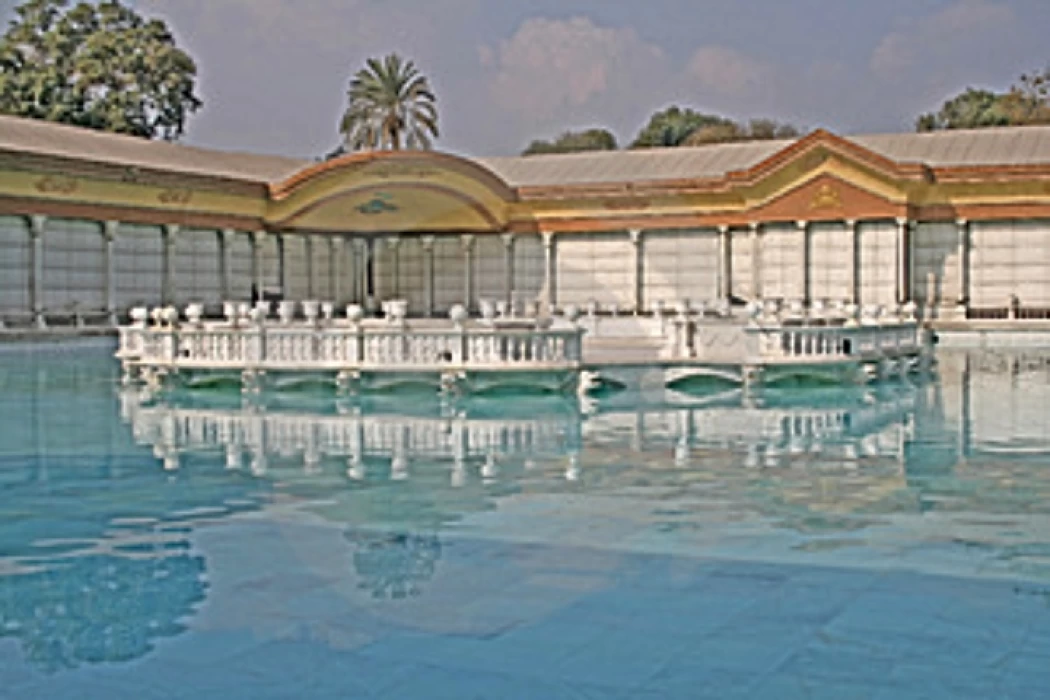
The Palace Of Mohamed Ali In Shubra
Information about Mohammed Ali Palace
The beautiful archaeological palace of Mohammed Ali Pasha located at Shubra Al Khayma in Qalyubia Governorate is an architectural and artistic historical building since it was built in 1808 after Mohammed Ali Pasha the ruler of Egypt decided on a location for a rest house on the banks of the Nile in the region of Shubra Al Khayma.
The Mohammed Ali Palace is set within a sprawling area of 50 Acres. The construction works were undertaken in various stages spanning approximately thirteen years beginning from 1808 AD to 1821 AD. It also has a broad park with number of structures of various designs popularly referred as kiosks or Sarayats, and the first among the facilities that rose up was Saray-I-Qaema, 1808, which later on, got deleted as it was developed into an agricultural roadway, Saray Al –Saqiya 1811, Saray Al-Fasqiya 1821, Saray Al Jabaliya 1836 and Saray Al Fasqiya where the most important official events will be held, a vertical building of 76 meters by 88 meters and a half has been constructed at the rear.
What's in Mohammed Ali's Palace?
Muhammad Ali's palace includes a group of orchards and trees. The first of the palace's installations was the residence's Saray, which was located in the centre of the current Corniche Road and had several wooden buildings attached to it for palace staff and guards, as well as a marina for boats on the Nile.
To reach the palace, Muhammad Ali ordered the construction of Shubra Street, and in 1847 AD was the beginning of Shubra Street, and Muhammad Ali's goal was to turn this street into a place for picnic and recreation outside his capital, Egypt, and in order to achieve this, the decision came to make the street the widest and straightest street in Egypt in this era.
During the past years, the palace was subjected to severe neglect until a cooperation protocol was signed between the Ministry of Antiquities and the Engineering Authority of the Armed Forces to start development work, and during the past period, all work on the building of the Jabalaya Kiosk has been completed, and the initial receipt of it, and the implementation rate of the Fisqia Palace building has reached 99%, and the initial receipt work is underway.
The Phoenician Palace
The palace works included dismantling and restoring the old marble, reinstalling marble floors and walls, upgrading the lake and the central island, restoring the archaeological elements therein, as well as treating the woods with wooden bridges, replacing worn-out woods, and restoring and structurally reinforcing the domes, niches and arcades.
Work on the tourist walkway leading to the palace has reached 98%, and the works include bazaars, security and secretariat rooms, a car garage, walkways, pergolas, and the construction of a Nile marina for boats on the Corniche opposite the palace and a pedestrian bridge to transport tourists from the marina to the palace has been completed by up to 96%.
It is noteworthy that Mohammed Ali Palace in Shubra is unique by combining the European style of decoration with the spirit of planning Islamic architecture, where the vast area of the palace helped to choose a unique architectural style, which is based on the vast garden surrounded by a huge wall with few doors, and there are several buildings in the garden, each of which has distinctive architectural features, the first and most important facilities of the palace were the Iqama Saraya, which was attached to several wooden buildings for palace staff and guards, as well as the Fesqiya Saraya, in addition to the Jabaliya Saraya, which witnessed the introduction of a modern lighting system, and the Fesqiya building.














